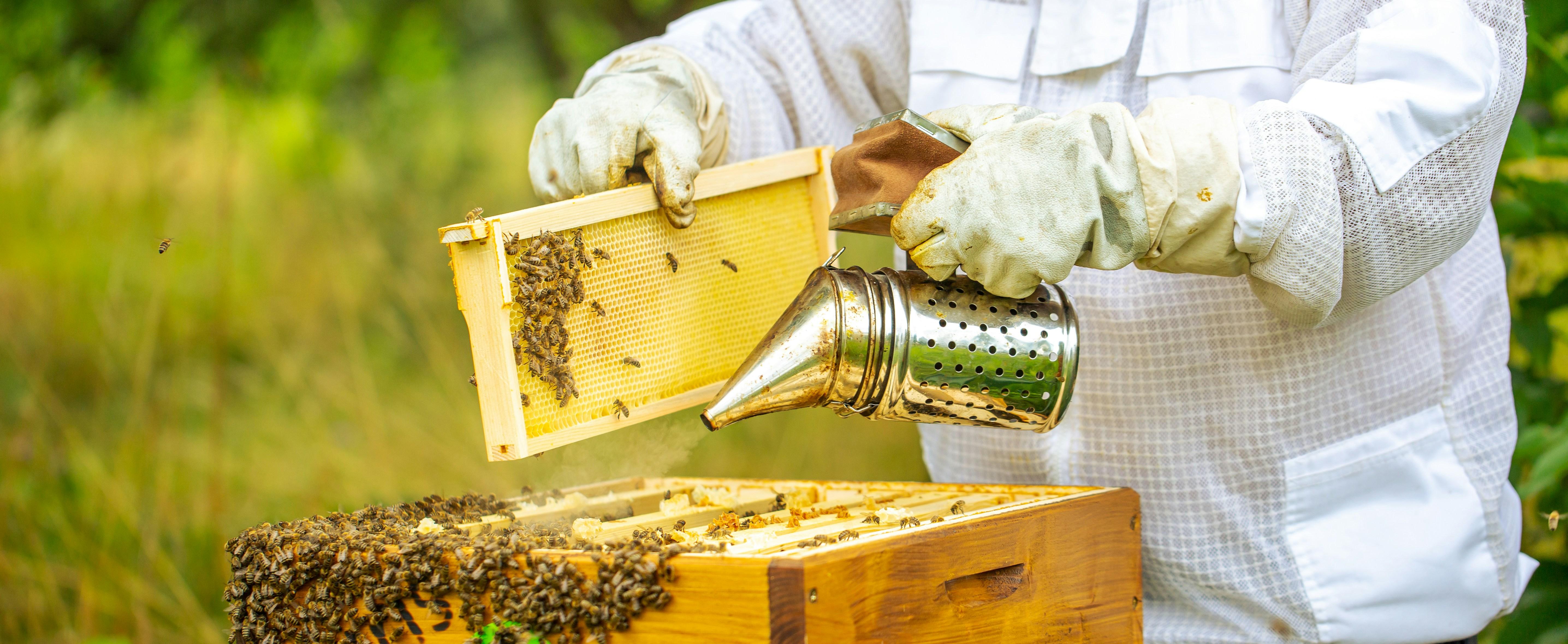Queen Bee and Beekeeping Supplies: The Heart and Tools of a Thriving Apiary

Beekeeping is a delicate balance between nature and nurture. At the center of every thriving hive is the Queen Bee, the mother of all bees, whose health and productivity determine the success of the entire colony. But even the most powerful queen can’t sustain her hive without the right beekeeping supplies. From hive boxes to protective clothing, every tool plays a vital role in maintaining harmony within the apiary.
This article explores the fascinating importance of the queen bee and the essential supplies every beekeeper needs to support a healthy, productive hive.
The Role of the Queen Bee in the Hive
The queen bee is the most important member of the colony. She is the only bee capable of laying fertilized eggs, ensuring the future of the hive. A strong, healthy queen can lay up to 2,000 eggs per day during peak season, constantly replenishing the workforce of worker bees and drones.
But the queen’s role isn’t limited to reproduction. She also releases pheromones — special chemical signals that help maintain social order within the colony. These pheromones keep worker bees calm, organized, and focused on their duties, from foraging to caring for larvae and guarding the hive.
When a queen becomes weak or dies, the hive senses it immediately. Worker bees may attempt to raise a new queen by feeding select larvae royal jelly, but the transition can be risky. That’s why many beekeepers keep replacement queens on hand — ensuring hive stability and avoiding interruptions in honey production.
Selecting a Quality Queen Bee
When purchasing a queen bee, it’s essential to choose one from a reputable breeder. A good queen comes from strong genetics — bees known for high productivity, calm temperament, and disease resistance.
Here are a few key traits to look for in a queen:
-
High Egg-Laying Rate: Ensures rapid colony growth and strong population.
-
Gentle Temperament: Makes hive management easier for beekeepers.
-
Disease Resistance: Reduces the risk of colony collapse.
-
Proven Lineage: Queens bred from strong colonies are more likely to thrive.
Most beekeepers prefer marked queens for easier identification during inspections. The mark is usually a small, non-toxic paint dot placed on the queen’s back, color-coded based on the year of her birth.
Essential Beekeeping Supplies for Every Apiarist
Beekeeping requires more than just bees. To ensure your colony stays healthy and productive, you need the right tools and equipment. Below are some must-have beekeeping supplies that every beginner and professional should consider:
1. Beehives and Frames
The foundation of every beekeeping setup is the beehive. Wooden or thermal hives provide shelter and protection for the colony. Inside, frames hold the honeycomb where bees store honey, pollen, and brood.
2. Protective Clothing
Safety comes first. Bee suits, veils, and gloves protect beekeepers from stings while allowing freedom of movement. For beginners, full-body suits with ventilation are ideal.
3. Smoker
A bee smoker calms the bees by masking alarm pheromones. This simple yet effective tool helps beekeepers work smoothly without agitating the colony.
4. Hive Tools
Used for prying apart hive boxes, cleaning frames, and scraping propolis. It’s a small but essential item for hive maintenance.
5. Honey Extractor and Storage Tank
Once the honey is ready, a honey extractor spins out the honey from the frames, while storage tanks keep it clean and fresh before bottling.
6. Feeders and Queen Excluders
Feeders provide sugar syrup during times of nectar shortage. Queen excluders keep the queen from laying eggs in honey supers, ensuring clean, pure honey for harvest.
Each of these tools helps maintain a balanced and thriving beekeeping operation — ensuring the queen bee can focus on her royal duties without disruption.
Caring for Your Queen and Hive
Keeping the queen healthy means keeping the entire colony strong. Here are a few practical tips for proper hive management:
-
Inspect regularly: Check for brood patterns, population strength, and signs of disease.
-
Monitor the queen: Ensure she’s laying eggs consistently and moving freely.
-
Avoid stress: Excessive hive disturbance can cause bees to reject or harm the queen.
-
Replace old queens: Queens typically remain productive for 1–2 years; replacing them helps sustain colony performance.
A well-cared-for queen ensures stable honey production and peaceful colony behavior — the hallmarks of successful beekeeping.
Conclusion: The Perfect Partnership
Beekeeping is both an art and a science — and at its core lies a partnership between humans and bees. The queen bee may be the heart of the hive, but it’s the beekeeper, equipped with the right beekeeping supplies, who ensures her reign remains strong.
By investing in quality tools and maintaining a healthy queen, you’re setting the stage for a productive, sustainable, and rewarding beekeeping experience. Whether you’re managing one hive or a hundred, remember: a strong queen and proper equipment make all the difference in the world of bees.
- Art
- Causes
- Crafts
- Dance
- Drinks
- Film
- Fitness
- Food
- Giochi
- Gardening
- Health
- Home
- Literature
- Music
- Networking
- Altre informazioni
- Party
- Religion
- Shopping
- Sports
- Theater
- Wellness
